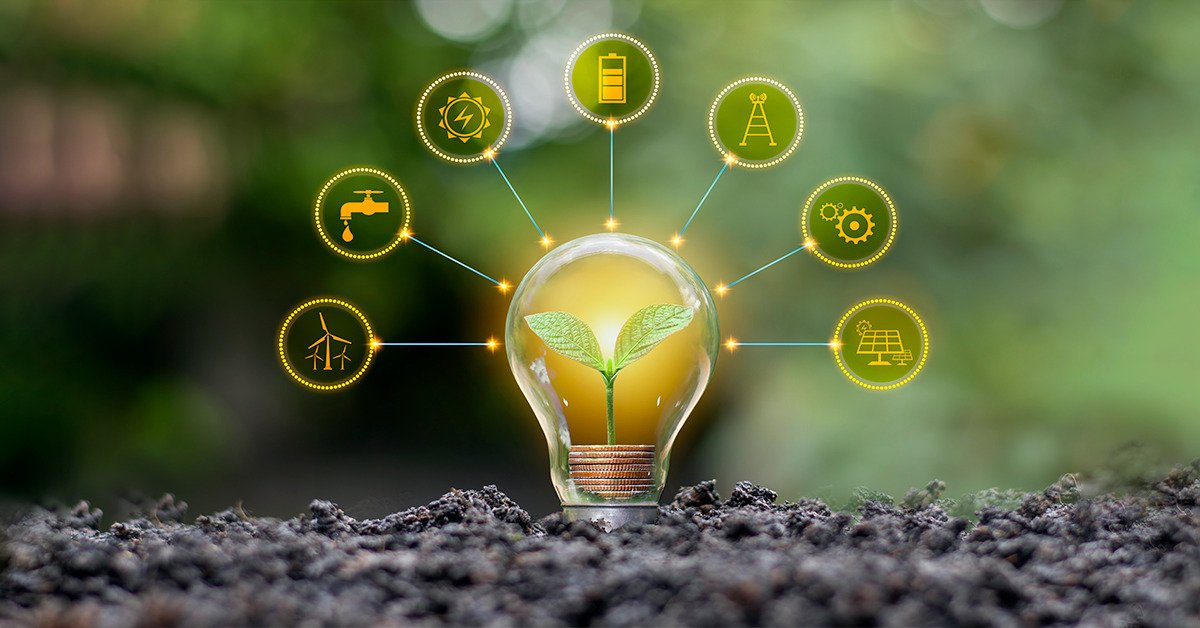Melting polar ice, receding rainforests, rising sea levels and the latest bomb cyclone in the US are all grim reminders of why we must accelerate action on climate change. Nations have converged on the mission to build a net-zero world by 2050. Sustainability is dominating the narrative of diplomacy and businesses. So much so that sustainability is now a serious business. However, tasting success with sustainability is anything but easy and smooth. The challenge is to create an equilateral triangle out of three critical pillars of sustainability- social, economic and environmental. It’s a mammoth ask. From undoing our historical wrongs to rebooting our lifestyles, we are on a demanding decarbonization mandate. Thankfully, we are on the cusp of a digital revolution where green technologies can be our sustainable allies for a coveted carbon-neutral future.

Policymakers are buying into Green Tech’s potential
The federal government in the US has pumped $370 billion into clean energy, as part of its fight against global warming. The US President wants the nation’s electricity to be 100 per cent carbon-free by 2035. The Government of India has already unveiled the National Green Hydrogen Mission with an initial outlay of Rs 19744 crore aimed at the decarbonization of industrial, mobility and energy sectors. The market for green tech is bristling with promise. The global Green Technology and Sustainability market is expected to grow from $17.8 billion in 2022 to $60.7 billion by 2027 at a Compound Annual Growth Rate (CAGR) of 27.8 per cent. The growing consumer and industrial interest in using clean energy is catalyzing the adoption of green technology and sustainability solutions and services worldwide.
What Green Tech can do- The promise of Green Hydrogen and more
Data from the World Economic Forum (WEF) says that 16% of global emissions are caused by transportation, 19% by agriculture, 27% by energy production, 31% by construction and production, and the remaining 7% by heating. Green technologies can be deployed in all these carbon-emitting sectors. There is immense promise in Green hydrogen produced by splitting water molecules. By 2022, green hydrogen production is estimated to have reached 250 GW, 200 times what it was in 2020. It's a zero-carbon fuel with a lot of promise.
Vertical farming can revolutionize how vegetables are grown. A Berlin company called Infarm uses 99% less space, 75% less fertilizer, and 95% less water than conventional farming. 3D printing is another innovation that's less often considered green. Relativity Space, a company that 3D prints rockets and engines using a hundred times fewer parts than a typical rocket, is a great example of its potential.
The world's biggest brands, like Tetra Pak, Unilever, and Apollo Tyres, as well as homegrown brands like Safexpress, are actively investing in environmental, social, and governance (ESG). Industry movers and pioneers are easing the transition to green consumption. Spanish startup Solum has created solar pavement for charging EVs. Using AI, Vistra, a US energy company, improved the efficiency of its power plants, reducing carbon emissions by about 1.6 million metric tons a year.
.jpg)
The future- Green for Good
In the future, green technologies are going to be the major investment draws. Blackrock’s CEO Larry Fink believes that the next 1,000 unicorns will be green energy companies. Green technologies also have the inherent potential to build a sustainable Tesla, Google or Microsoft of the future. Future-ready green technologies like Carbon Capture & Storage (CCS) will not only pare Green House Emissions (GHGs) but also pave the path for sustainability with profitability. Moving forward, green tech will be a major solution for raising living standards and accomplishing the UN Sustainable Development Goals (SDGs).


























































We will verify and publish your comment soon.